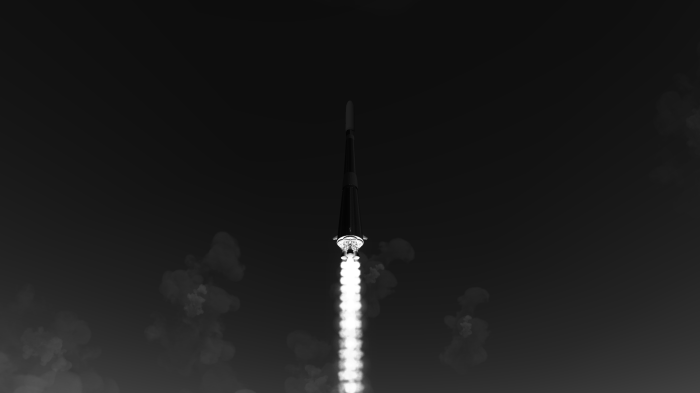November 27th, 1957; Baikonur Kosmodrone.
Today, our bi-monthly report have nothing but success to report – although we’ve only had two launches.
Early October we had another orbital mission to increase our sum of knowledge about living in space – another two-week long mission for an Orbiter-3 craft, although modified to try and recover more of the expensive parts.
While everything went well – we’re going back to the original design. The additional cost is compensated by less medical staff to treat the mission controllers.
While still fully stable, the gap between the main pod and the heat shield introduced oscillatory heating of the main capsule when the entire thing was moving just slightly – which is what caused so many engineers and mission controllers to nearly have a heart attack.
We didn’t tell the crew why each side of the pod kept getting hot – I believe mission control told them something about the electrical wiring or something.
Anyway, the big success today was the launch of our first ever Proton-5.

There were one issue though, the rocket seemed to be too close to the pad, so it got broken by the launch and had to be re-built – which cost us most our our remaining funds. We should still complete several contracts soon, to replenish our coffers though.
The mission? Our new Venus probe, seen below in a computerized rendition of what it should look like in orbit of the Earth, after shedding its Venus Intercept stage.

The Venus Intercept stage was a brand new, very powerful, Hydrolox engine. The engine on the main probe is also a Hydrolox engine, though less powerful it is able to re-ignite nearly a dozen times.
Due to the engines, the probe has cryogenic fuel tanks with active cooling as can be seen on the probe – which is incidentally also why it has more solar panels than usual.
On top can be seen our Venus lander. A passively guided probe that is simply launched from the target orbit. The solid fuel booster on it then puts it on a course through the upper atmosphere, and the self-stabilizing design of the probe should keep it with its heat-shield facing forward. Once it reaches low altitude, two sets of chutes unfold at pre-determined altitudes to ensure a safe landing.
Once landed, it will unfold its solar panels, and conduct numerous experiments.
The orbiting probe is on course for a polar orbit allowing us to completely map the surface of Venus, as well as keep regular communication with the landed probe. The number of communications antennae on the orbiting probe it also, so that it can attempt to establish contact with other probes we have previously lost communication with that may pass nearby.
Signed,
Gene Kerman

[…] Reaction to https://kerbiniaspaceagency.wordpress.com/2017/05/16/repeatability/ […]
LikeLike